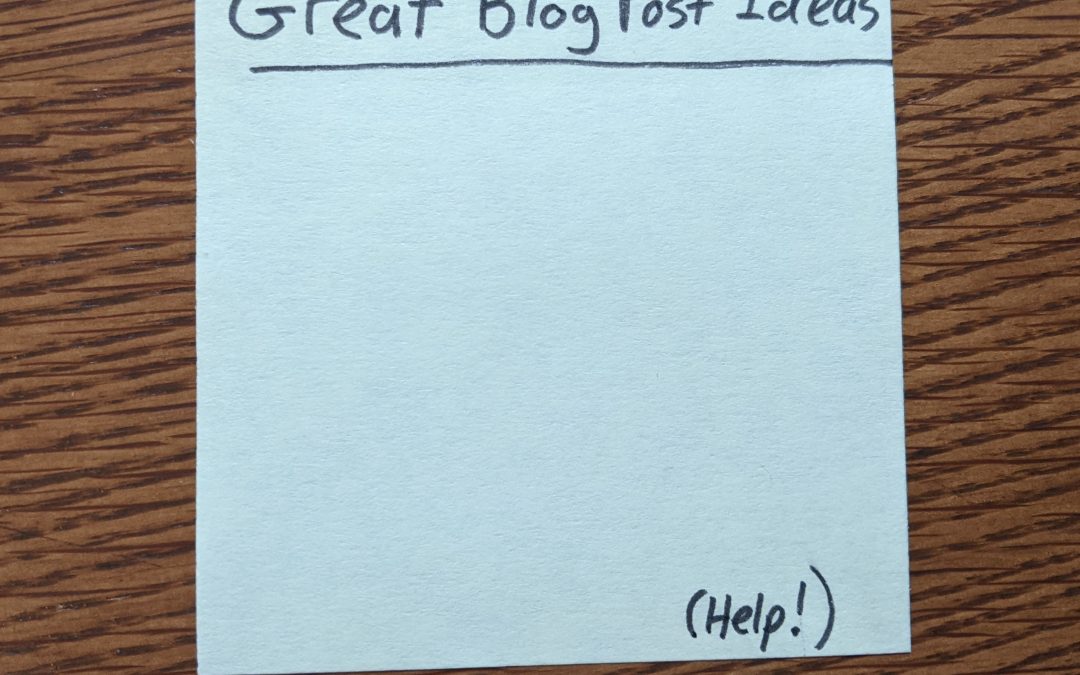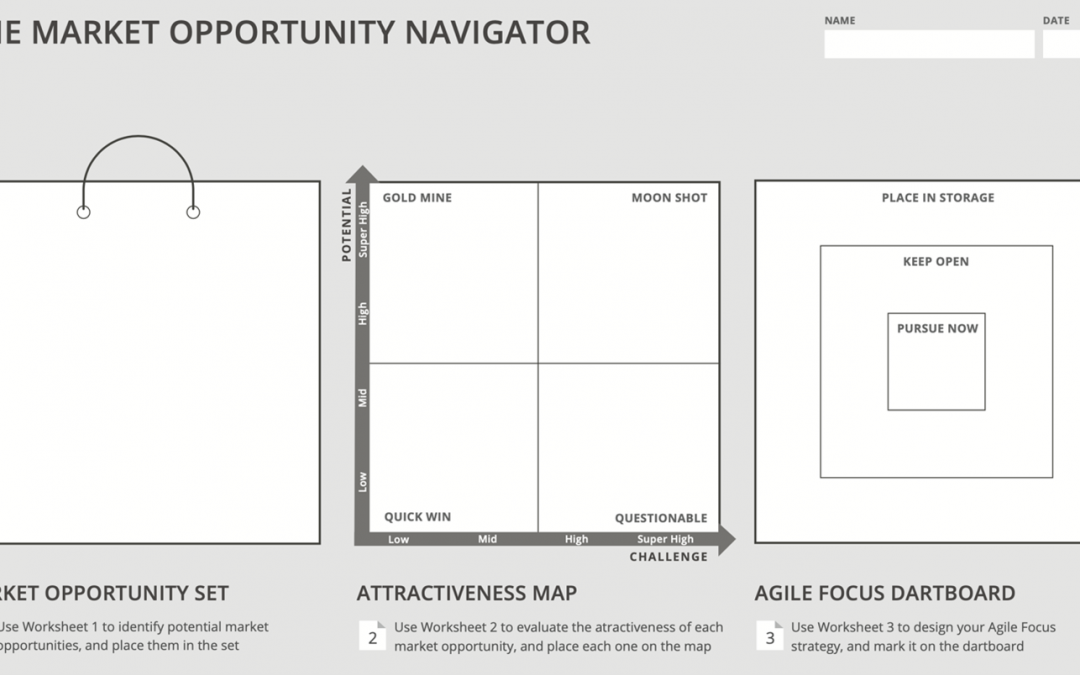
by Niall White | Sep 12, 2022 | Tutorials |
This week’s post is by Niall White
My family recently acquired a very old, sparkly blue boat. Being somewhat new to boating, just about everything is an adventure! The boat operated very well the first few times we took it on the water, but we later found ourselves troubleshooting an elusive problem for nearly two hours before we could embark on our evening foray into the wake. The symptoms were simple…when turning the ignition key, nothing happened. After many online instructional videos, forums, and moments of frustration, we finally discovered a very small fuse, only about ¾’ long, that had blown since our last excursion. After diagnosing this, it wasn’t long before we were back on the water.
Obvious Symptoms, Hidden Problem
Though seemingly small and insignificant, this inexpensive part stopped the engine from running. The problem wasn’t obvious at the outset (though perhaps it would have been to someone other than a novice…), but upon discovery, made complete sense. We noticed that other functions on the boat were working, like the radio, gauges, and even the starter (when jumped with a wire), not to mention that the boat still floated and boasted it’s 1980 glitter, but a key component, the engine, would not start.
Problem Framing
In ITK, we talk about problems a lot. Typically, the word “problem” can be a very positive word to us, as we spend a lot of time helping ourselves and others find, frame, and mitigate problems. The Problem Framing Canvas, for example, asks questions like “why haven’t we solved” the problem, “who experiences the problem”, “who does not have it”, and “what assumptions and biases surround this problem?” Interestingly, as I scoured the internet for an answer to my boating dilemma, I came across accounts of others with similar symptoms, though they were experiencing them with new and modern boats! Answering the question “who else has it?”, this can be helpful to narrow things down, as in this case, it led me to believe that it wasn’t a catastrophic engine failure (at least I let myself take a sigh of relief in believing so).
What Still Works?
Our problem framing canvas doesn’t really ask questions about what IS in fact still working. This isn’t necessarily the intent of the canvas, but I noticed that while diagnosing my problem, it was very helpful to note the functions of the boat that were still operating correctly, as noted earlier. Not only can it be positive and reassuring, remembering the things that ARE going right, and DON’T need fixing, but it can help narrow down the problem set, making it easier to diagnose the root cause. Maybe your team is struggling in one area but still has very strong talent, is good at their core function, and successfully brings a positive energy to their customer engagements. This could and should be celebrated!
Another tool you can use that does specifically identify “those things that are going well” is Rose, Bud, Thorn (RBT). For example, if you wanted the context of those “Roses” while you solved your problem, you could use RBT, and then trim down the “Thorns” (or problems), perhaps using a trimming tool like Stormdraining and then begin your problem framing canvas. We could call this the Not Just Problems Framing toolchain!
As ITK facilitators, we can often experience just a bit of tension as we push ourselves and others to dig deep into a situation to discover a problem. While I was trying to fix our boat, I felt feelings of frustration that my family was waiting, embarrassment that I wasn’t making any obvious progress, and discouragement that we were losing precious time on the water. Similarly, a team might feel frustrated that a customer is left without a solution, embarrassed that their team can’t seem to make decisions, and discouraged that funding, trust, and momentum might be dwindling. Perhaps it’s helpful to ask yourselves in this situation, “what is still working?” or “what are we doing right?”. As was the case with our boat, you might find that many things still work, eventually deducing that the problem is just a $1 fuse.

by dbward | Aug 1, 2022 | Tools 101, Tutorials
The TRIZ Prism is a terrific, powerful tool that helps users develop innovative solutions to really hard problems. If you find yourself facing a difficult problem with no clear, obvious solution, this is the tool for you. Here’s a short summary of how the tool works:
Start with a specific problem statement (you may want to use the Problem Framing Canvas first). Then convert that specific problem into a generalized / abstracted problem statement. Once you have a generalized problem, make a list of general solutions to that category of problem. Finally, use those generalized solutions as a basis for creating a specific solution to your specific problem.
The video below provides a more detailed walk-through.
And if you’d like to learn more about TRIZ (aka The Theory of Inventive Problem Solving), check out this Wikiwand article, which is chock full of details.

by dbward | Jul 5, 2022 | Tutorials
Last week’s post was about how to make videos. So I figured this week I’d let you in on my secret technique for writing blog posts!
It’s pretty simple, actually. I open my Outlook calendar, find an open 30-minute slot, and create an appointment with myself titled “Write a blog post.”
When the appointed time arrives, I briefly panic because I have no ideas whatsoever. This is apparently an essential part of the process, because I hardly ever skip it.
Then I take a deep breath and think about things I’ve done, read, heard, or thought during the past week. Is there a question I’ve been pondering, a book or article I enjoyed, an experiment I can report on, a thing I’ve made that I can share, or an experience I can recount? If the answer to all those questions is “Nope,” then I take a moment to regret my life choices and make a point to do better next week.
But most weeks there’s something I’ve read, wondered, created, or lived through which can serve as fodder for a blog post. So I get some paper and my favorite green pen, then start laying down an utterly unpublishable stream-of-consciousness jumble. I notice how much time is left in my 30-minute appointment (not much!!). And then I rework that jumbled-up mess into something resembling a point, a question, a recommendation, or an observation. This generally involves crossing out big chunks of text to uncover the one idea, phrase, or concept that might be worth sharing.
When the time is up, I press the appropriate button that schedules the post to be published… and I block another 30 minutes on my calendar for next week.
by dbward | Jun 27, 2022 | Tutorials, Uncategorized
Several years ago, a really smart buddy of mine suggested we are moving into a “post-text” world. He made a pretty compelling case that the rise of emojis, memes, videos, and other graphic-based communication products represented a fundamental shift in how humans communicate with each other.
Of course, text hasn’t exactly gone away yet (you are reading this blog post, for example), so “post-text” might be a bit of a misnomer. Still, I think he was on to something. In earlier eras we all used text for 90% of our communications (letters, memos, emails, reports, etc), with an occasional sketch or graph thrown in. But today our communication options are not limited to text on a page. Text as a medium isn’t gone entirely, but it’s also not the only game in town, and in many cases, it’s no longer the default mode.
Which brings me to this little explainer video I made. It’s about two and a half minutes long, and it shows you how to record a video using PowerPoint. Not to get too meta, but it’s a non-text-based message about how to make non-text-based messages. I hope you find it helpful and I’d love to see what videos you might make!

by ITK Administrator | May 16, 2022 | Facilitation Tips, Tutorials |
This week’s blog post is by Kerrianne Marino
The Market Opportunity Navigator is a set of three tools that help project teams ideate, organize, and strategize their market opportunities. Created by “Where to Play,” it is designed “to help [teams] get a clear overview of [their] potential market domains and make confident decisions on where to play next.”
While “Where to Play” focuses on business strategy goals, these tools can aid discussions on which research topics, proposals, areas of interest, or other ideas the group should pursue.
The “traditional” method as outlined on the Market Opportunity Navigator is only one option to put these tools in practice. I adopted the Agile Focus Dartboard and Attractiveness Map in a slightly different way recently during an ITK session. Regardless of the approach, establishing action items at the end of any session is essential in setting ideas into motion!
In practice – Agile Focus Dartboard & Attractiveness Map
In a recent ITK session I facilitated, 3 groups of 3-4 worked together to brainstorm goals for 1, 3-5, and 10 years for a new software wellness initiative that aimed to transform how MITRE approaches “healthy” software development by creating an inclusive community and collection of resources. We used the Agile Focus Dartboard as a visual aid for the groups to note the area of focus they should be brainstorming in.
The year 1 group was the “pursue now” section, and they were tasked with brainstorming initiatives that the team could start on right away. The 3-5 year group was “keep open,” where they came up with ideas that could come into play, or be “launched” several years from now. The 10 year groups was “place in storage,” and they thought of the practices, resources, and culture shifts that they hoped MITRE would lead a decade in the future. While these substitutions aren’t exact matches for the listed categories, they gave context for the groups to work toward.
In the smaller groups, the teams brainstormed for 20 minutes on dry-erase laminate cards (an alternative for sticky notes), and placed their thoughts on an appropriate quadrant in the Attractiveness Map.
We then discussed in turns all three Attractiveness Maps in a larger group to consider and include other’s opinions on where the ideas would fall in the quadrant based on experience. For example, we thought about the lift that research proposals would take in the year 1 timeframe. Originally, we thought this idea would be a quick win, but when discussing with the larger group, we moved this to a gold mine.
Example: Culture Change – Act Now for Later?
Because we were starting a brand new wide-spread initiative that aims to change how engineers at MITRE work, culture change was a big topic that all three groups discussed. When we came together, we agreed that it would fit into something to pursue now, even though we may not see the change for 3-5 or even 10 years.
Year 1 identified this culture shift as a moon shot, and the 3-5 and 10 year as somewhere in the middle of the quadrant. We knew if we didn’t start acting on culture-changing efforts now, this culture shift would delay, so we made action items in “year 1/pursue now” to initiate the kind of practices that will drive the desired long-term changes. For example, the group considered using incentives like small company awards as an immediate “low challenge, medium potential” option to catalyze this culture change.
Our Take
While the Market Opportunity Navigator was designed for business goals, our Software Wellness Center initiative team was able to tailor and adopt this strategy to our goals of providing the best services for software developers to develop healthy software for all.
If you’d like to give it a try, here’s a quick summary of the steps involved:
- On a large whiteboard, draw out the Attractiveness Map
- Organize groups of 3-4 people per group in each category in the Agile Focus Dartboard (Pursue Now, Keep Open, Place in Storage)
- Have the Agile Focus Dartboard on display as a visual aid to show participants where their group lands
- Give participants sticky notes and ideate for 20 or so minutes, placing items in their associated quadrant
- Come together as a group to share out each board and iterate based on team feedback
- Set action items to put ideas into motion!
Alternatives
- The “traditional way” (see steps on Market Opportunity Navigator). Ideate first, then place stickies on Attractiveness Map, then place stickies on Agile Focus Dartboard
- Hand out or have on display the Attractiveness Map and/or Agile Focus Dartboard as a visual aid to focus brainstorming discussions. For example, you could use the Lotus Blossom tool to ideate only ideas that would be Gold Mine’s that the group could Pursue Now.

by dbward | Jan 24, 2022 | Tutorials, Uncategorized
Writing is HARD.
I think that one of the reasons that writing is hard is that it requires clarity of thought. It requires a purpose. And the blank page can imply a lack of both.
Writing also requires a certain level of technical skill, in order to avoid using awkward phrases like “I think that one of the reasons that writing is hard is that…” Yikes. That’s some bad writing right there.
HOWEVER… the secret to good writing is to first write badly. Good writing is just bad writing, rewritten. And so, good writers allow themselves to write bad first drafts, turning off their inner editor and letting the words flow, however messily.
One might even perform an exercise such as the following:
“These words I am currently writing are the wrong words. I am writing them but they are not exactly what I want to say. This is ok. I will delete these words later, because they do not make my point, do not advance the narrative, do not add clarity or value to the overall piece, and some of them are probbabbly misssplled. They do, however, help me build momentum and they give me something to work with, even if the only work to be done is the work of deletion. I will now delete this previous paragraph, because what I really want to say is…”
So… maybe writing is EASY.
Just put ink on paper.
Edit later.
Think later.
Yeah, I like that.
Ink now, think later.
Maybe that makes sense.
Maybe it’s true.
Maybe it’s good advice?
I don’t know yet, but I might know tomorrow, when I come back to this page and read it with tomorrow’s eyes, a fresh eraser, and a sharpened pencil.
What does this have to do with ITK? A lot, actually, because communication is a key aspect of innovation. The best ideas in the world are worthless if we can’t express them clearly, so developing our ability to write is an important component of our ability to innovate.





